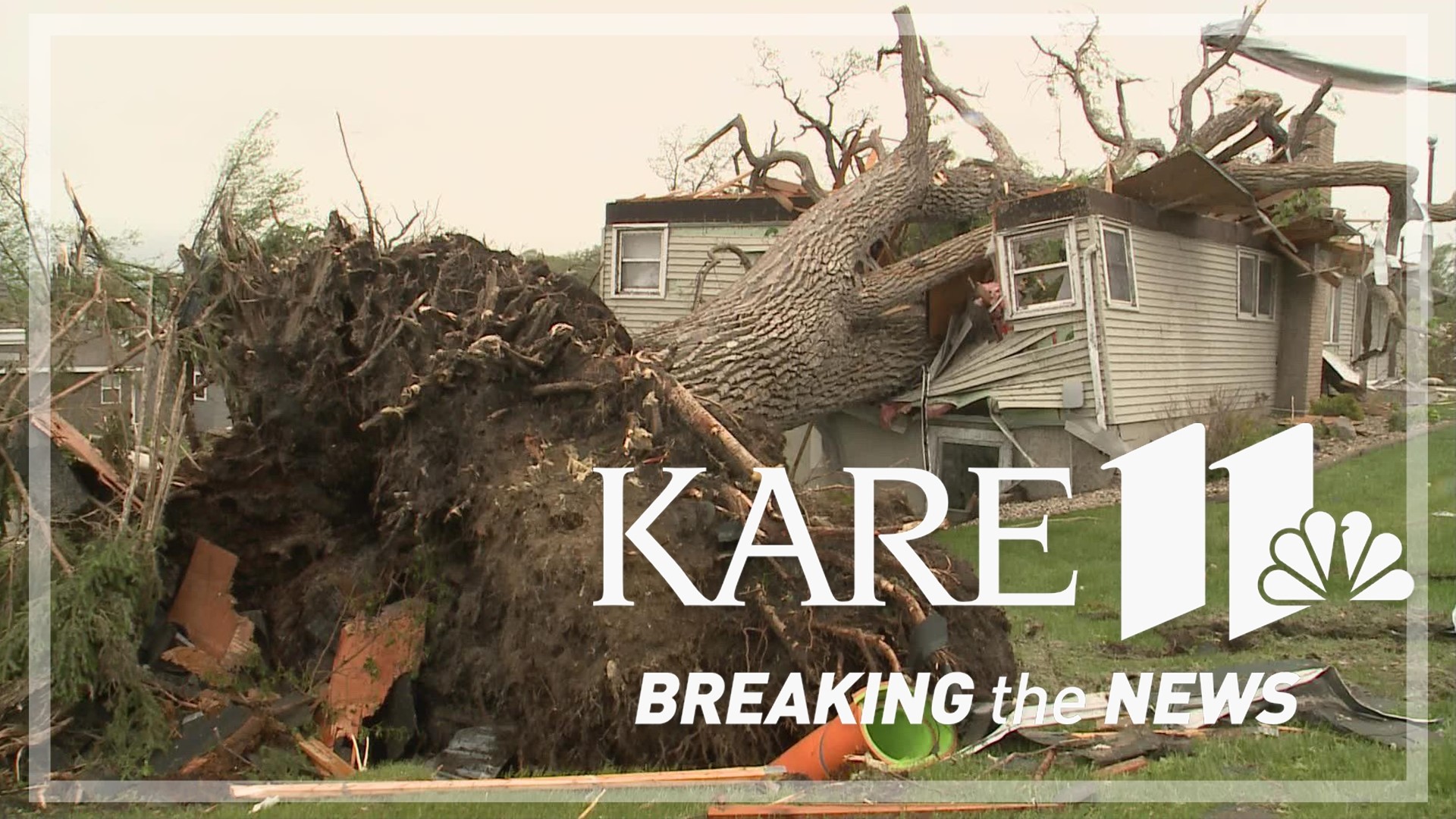MINNEAPOLIS — As yet another round of severe weather forces many Minnesotans to clean up and file insurance claims, the damaging storms also signal a growing problem for homeowners across the state: Minnesota ranks among the worst states for homeowners insurance.
A new analysis by Bankrate.com ranks Minnesota as the fourth-worst state for homeowners insurance.
"With Minnesota, it kind of surprised me too, but it is generally just a pretty risky state in terms of weather," said Cate Deventer, a licensed insurance agent, who is also a writer and editor for Bankrate.com.
Deventer says the variety of severe weather across all seasons in Minnesota factors into its fourth-worst ranking in several ways. According to Bankrate's 2022 study, the average cost of homeowners insurance in Minnesota is $1,800 per year for a policy with $250,000 in coverage. That's $500 more than the national average.
In addition to overall cost, Bankrate.com also considers three other factors:
- Number of permits applied for to build single residential units in each state, according to the U.S. Census Bureau
- Average percent of income spent on homeowners insurance in each state (calculated using rate data provided by Quadrant Information Services and average income data provided by the U.S. Census Bureau)
- Incurred losses by state, according to the Insurance Information Institute
"Minnesota ranked seventh in terms of weather-related losses," Deventer said. "The Insurance Information Institute ranked it fifteenth for 2021 tornadoes. There were 37, [and] thankfully no deaths. Minnesota was ninth for wild fires, which surprised me. There were over 2,000 wildfires that burned 69,000 acres of land in 2021."
Unfortunately, state leaders say improvements in weather-related losses aren't likely to come easily.
"Those larger storms are becoming more common," said Grace Arnold, Commissioner of the Minnesota Department of Commerce.
Years of weather analysis by the National Oceanic and Atmospheric Administration (NOAA) have shown that Minnesota is warming faster than other states, and risks associated with severe weather have risen with it.
"You're insurance may seem expensive but rebuilding after a disaster is really, really costly," Arnold said. "Because we are a department that works across all financial services and energy sectors, we think a lot about how to build resiliency in communities and for people."
In response, Arnold says the Department of Commerce has worked with the legislature to change ways insurers can work with customers to make investments now that will bring down costs in the long term.
"One of the things we've been talking to the industry about is ways that we can work together to give discounts or help homeowners to invest in things that will lower the risk in the long run, like a stronger roof and other things like that," she said.
On a community level, Arnold says federal infrastructure dollars are being used to help co-ops and municipal utilities bury more of their power lines, helping reduce the risk of widespread outages, and the losses they lead to.
"As our weather and our climate changes, we need to be thinking about risk, personally," she said. "But also, I think it's important for folks to understand different ways your communities can be more resilient."
Though the latest rankings are based on sate-wide averages, there are a lot of factors that go into what you might pay for homeowners insurance. Experts say it's important to check with your agent if you have questions about your rate, what you are covered for and what options you might have for making your property more weather resilient.
If you are a homeowner who needs to make an insurance claim following the latest severe weather, Arnold says you should start by accessing the state's Disaster Information Center.

